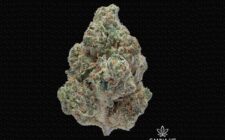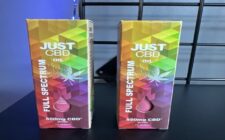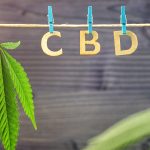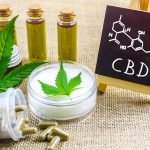Hemp is practically a weed but when we think about the cannabis sativa, we prioritize its medical or entertainment worth. More than 30,000 products could be made from the Hemp! Here are 4 means hemp sustainability is adding to the future.
When we think of Cannabis sativa, we fast to prioritize its medical or recreational worth. Yet this plant is a lot more. Hemp is marijuana’s “sober cousin”, and its impressive uses date back countless years and span the whole world. In 1938, Popular Mechanics magazine highlighted the value of hemp, mentioning that greater than 30,000 products could be made from the plant! No one has time to read about the 30,000 ways hemp could be made use of– yet below are 4 means hemp sustainability is adding to the future.
Hemp Sustainability Explained
Hemp is technically a weed (so that’s where the label originates from). The plant’s development is prolific. It doesn’t require chemicals, makes use of little water, doesn’t occupy a great deal of area, and is naturally degradable. It generates pulp at rates higher per acre than trees. It removes carbon dioxide from the environment and returns nutrients to the dirt.
If you assumed cannabis was a wonder plant when you were first introduced to it, it turns out, it absolutely is.
Each and every single part of the hemp plant can be utilized. It can be a sustainable and regenerative substitute for points currently made with soy, cotton, or corn– which would be better for the earth. Right now, there are just less than a million acres of hemp growing worldwide. That number is expected to skyrocket over the next couple of decades. Right here are four reasons that.
Hemp Plastic
Petroleum-based plastics are polluting the entire planet. Plastic remains in literally everything and it normally ends up in garbage dumps (or contaminating rivers) after just one use. While we might not see 100% hemp-based plastics anytime soon, hemp is beginning to be made use of as opposed to oil in “composite bioplastics.” Hemp cellulose is durable and can be composted rather than sending out the landfill.
Hemp construction
Hempcrete is an all-natural building material that is made from a waste item of hemp fiber production. When hemp is grown to generate paper or fabrics, its woody stem is usually thrown out. Using it for building and construction objectives indicates absolutely nothing is thrown away. Hempcrete is significantly being used around the globe as a low-impact structure product. It controls humidity, lowers mold growth, is fire-resistant, and provides insulation. Also, much better, it absorbs much more carbon than it generates during its production and manufacture– offering it adverse net carbon exhausts.
Hemp Seeds
Hailed as a “superfood” hemp seeds is a total protein that is high in omega-3 fatty acids. The seeds have actually been utilized in oil, bars, milk, and hemp seed butter. For somebody taking on a climate-friendly diet plan that suggests less meat and dairy, hemp seeds can be a valuable (and sustainable) source of nutrition.
Hemp Fuel
Hemp can not only be used for bioremediation (where it imitates a sponge to absorb poisonous contamination), yet it can also be utilized to replace nonrenewable fuel sources totally. Hemp biodiesel can be made use of in any type of traditional diesel engine. Much better than various other bio-fuels, hemp is a renewable resource that is far more lasting than plants like corn or sugarcane.
Hemp sustainability and versatility makes it among one of the most spectacular plants on the planet. Satisfying almost all of our demands, hemp can offer food, fuel, and shelter. It can be a much-needed substitute for plastics and even if we decided not to use it for anything, just its development would help in reducing CO2 in our ambience. It’s rare to locate a plant that can “save the world” but it resembles hemp might do simply that.










